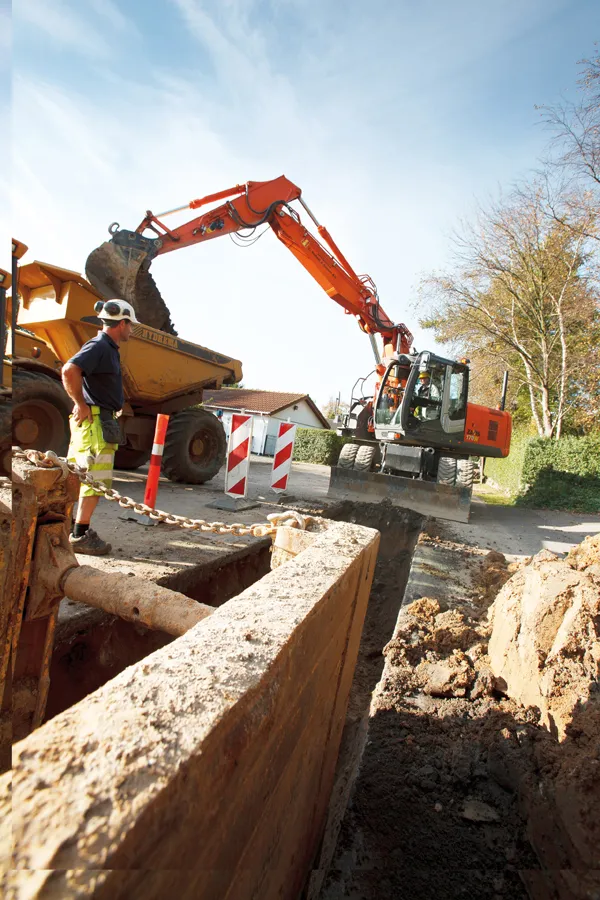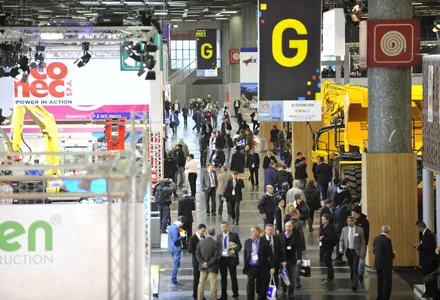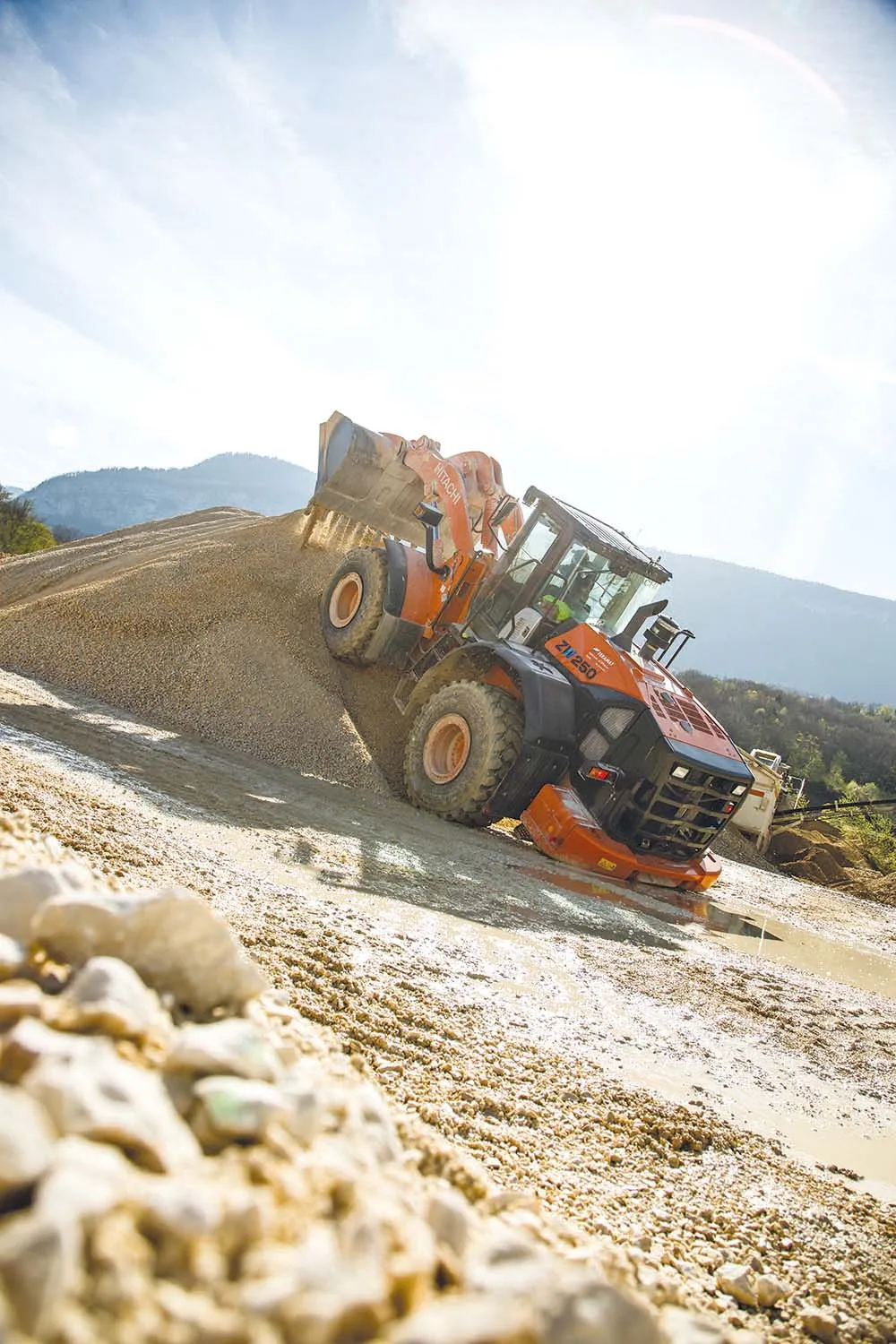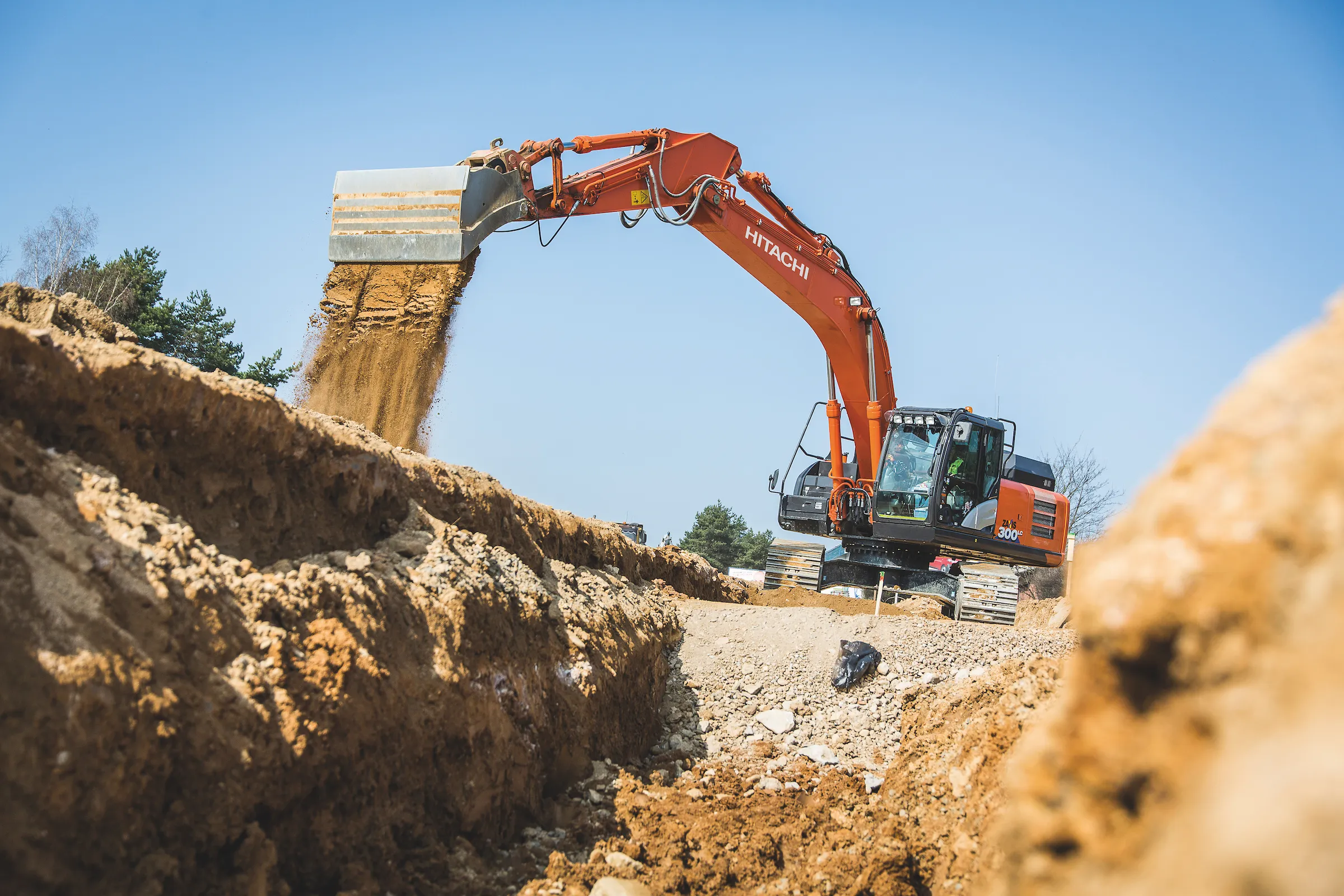Danish contractor Holbøll & Sønner has recently bought more construction machinery from Hitachi, having bought its first excavator from the company more than 25 years ago.
February 13, 2012
Read time: 2 mins

Danish contractor Holbøll & Sønner has recently bought more construction machinery from 233 Hitachi, having bought its first excavator from the company more than 25 years ago.
The contractor took delivery of the UH 063, one of the first Hitachi excavators to arrive in Denmark, in 1984, and since then, all of its new machinery has been Hitachi branded, says Hitachi.
The most recent additions to the fleet are the ZX350LC-3 crawler excavator and ZX170W-3 wheeled excavator, which was recently used for digging trenches for 5,000m of replacement sewage pipes in the village of Snesere.
Today, the family-run company has 13 Hitachi medium crawlers and wheeled excavators, which are used for earthmoving, sewage and drainage work.
It carries out many projects for local authorities, working mainly on the island of Zealand and in the capital, Copenhagen.
Co-owners Ole and Knud Holbøll now share the running of the business with their sons, Carl-Ole and Anders.
"We have invested in Hitachi excavators because the hydraulics have continually improved," says Carl-Ole.
"Hitachi machines have become more compact, reliable and productive, and therefore offer a better return on investment for our company," says Anders.
All of its current Hitachi excavators are standard models, and the official Danish dealer, HP Entreprenørmaskiner, fits each with additional features before delivery. These include a hydraulic quick coupler and an accumulator in the hydraulic system, which relieves pressure for mounting and dismounting such hydraulic equipment as a breaker.
The dealer also adds a step to enter the cab, extra lights and stickers to conform to Danish regulations.
In total, C Holbøll & Sønner has bought 25 Hitachi machines since 1984, and it never resells used machines, although it sometimes uses their parts to repair newer models.
The contractor took delivery of the UH 063, one of the first Hitachi excavators to arrive in Denmark, in 1984, and since then, all of its new machinery has been Hitachi branded, says Hitachi.
The most recent additions to the fleet are the ZX350LC-3 crawler excavator and ZX170W-3 wheeled excavator, which was recently used for digging trenches for 5,000m of replacement sewage pipes in the village of Snesere.
Today, the family-run company has 13 Hitachi medium crawlers and wheeled excavators, which are used for earthmoving, sewage and drainage work.
It carries out many projects for local authorities, working mainly on the island of Zealand and in the capital, Copenhagen.
Co-owners Ole and Knud Holbøll now share the running of the business with their sons, Carl-Ole and Anders.
"We have invested in Hitachi excavators because the hydraulics have continually improved," says Carl-Ole.
"Hitachi machines have become more compact, reliable and productive, and therefore offer a better return on investment for our company," says Anders.
All of its current Hitachi excavators are standard models, and the official Danish dealer, HP Entreprenørmaskiner, fits each with additional features before delivery. These include a hydraulic quick coupler and an accumulator in the hydraulic system, which relieves pressure for mounting and dismounting such hydraulic equipment as a breaker.
The dealer also adds a step to enter the cab, extra lights and stickers to conform to Danish regulations.
In total, C Holbøll & Sønner has bought 25 Hitachi machines since 1984, and it never resells used machines, although it sometimes uses their parts to repair newer models.








